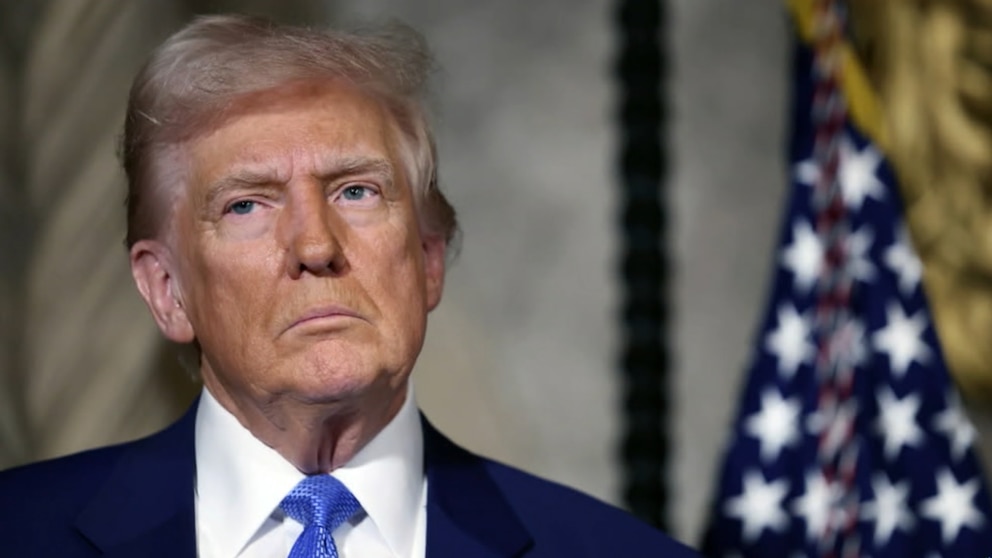Steel & Aluminum Tariffs: Trump's Deadline Nears – A Looming Trade War?
The clock is ticking on President Trump's deadline for imposing tariffs on steel and aluminum imports. This highly anticipated decision has sent shockwaves through global markets, sparking fears of a full-blown trade war and prompting international responses. With the deadline rapidly approaching, let's examine the situation, the potential consequences, and what it all means for businesses and consumers alike.
The Tariffs: A Recap
President Trump's administration has invoked Section 232 of the Trade Expansion Act of 1962, citing national security concerns as justification for imposing tariffs on imported steel and aluminum. The proposed tariffs are significant: 25% on steel and 10% on aluminum. While initially exemptions were promised for certain allies, the process has been fraught with uncertainty and last-minute negotiations.
Who's Affected?
The impact of these tariffs extends far beyond the steel and aluminum industries. Numerous sectors, from automotive manufacturing to construction, rely heavily on these materials. Consequently, increased prices for these raw materials could trigger a ripple effect, leading to:
- Higher prices for consumers: Increased input costs will likely be passed on to consumers in the form of higher prices for finished goods.
- Job losses in affected industries: Some companies may struggle to compete with higher material costs, leading to potential job losses or reduced investment.
- Retaliatory tariffs: Other countries are likely to retaliate with their own tariffs on US goods, escalating the trade conflict and harming American exporters.
International Reactions & Negotiations
The proposed tariffs have already prompted strong reactions from international partners, including Canada, Mexico, and the European Union. These countries have voiced concerns about the justification for the tariffs and the potential for damaging trade relationships. Negotiations have been ongoing, with some countries seeking exemptions or alternative solutions to avoid a trade war. However, the outcome remains uncertain.
The Economic Implications
The potential economic consequences of these tariffs are substantial. Economists have warned of the potential for:
- Reduced economic growth: Higher prices and reduced trade could dampen economic growth both domestically and globally.
- Increased inflation: The tariffs could contribute to higher inflation as businesses pass on increased costs to consumers.
- Uncertainty in the markets: The ongoing uncertainty surrounding the tariffs has already created volatility in global markets.
What Happens Next?
The coming days and weeks will be crucial in determining the ultimate impact of the steel and aluminum tariffs. While the initial deadline has passed, the situation remains fluid, with ongoing negotiations and potential for further announcements. It's crucial to monitor developments closely for potential adjustments to the tariffs or further retaliatory measures from other countries.
Conclusion: Navigating Uncertain Waters
The steel and aluminum tariffs represent a significant challenge to the global trading system. The potential economic consequences are significant, and the outcome remains uncertain. Businesses need to carefully monitor the situation and plan for potential disruptions to their supply chains and operations. Consumers should also prepare for potential price increases on a range of goods. The situation highlights the complex interplay of trade policy and national security, underscoring the need for careful consideration and effective diplomacy in navigating these challenging waters. Keep checking back for updates as this complex situation unfolds.
Keywords: Steel tariffs, Aluminum tariffs, Trump tariffs, Trade war, Section 232, National security, Economic impact, Global trade, International relations, Canada, Mexico, EU, Inflation, Market volatility, Supply chain disruption.

